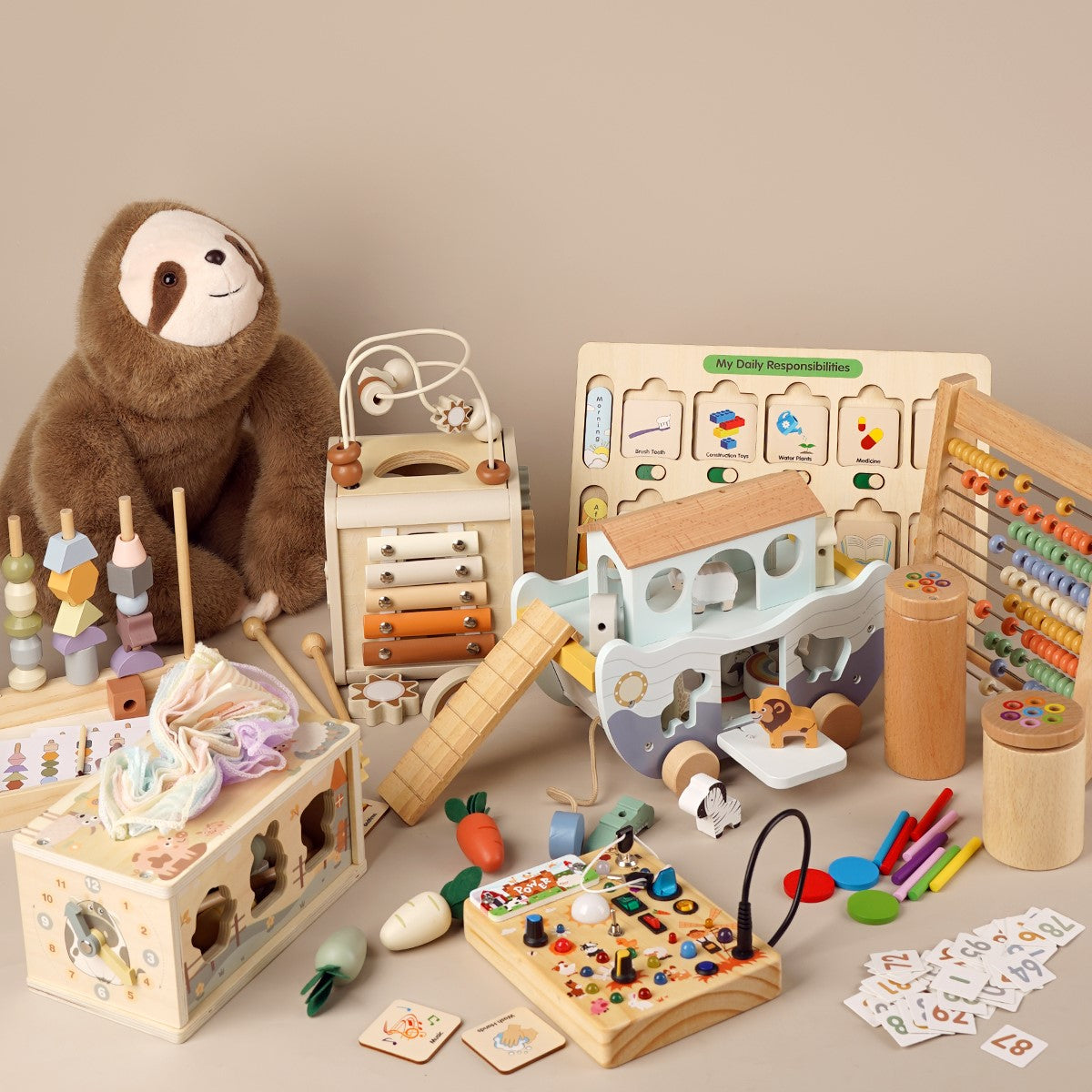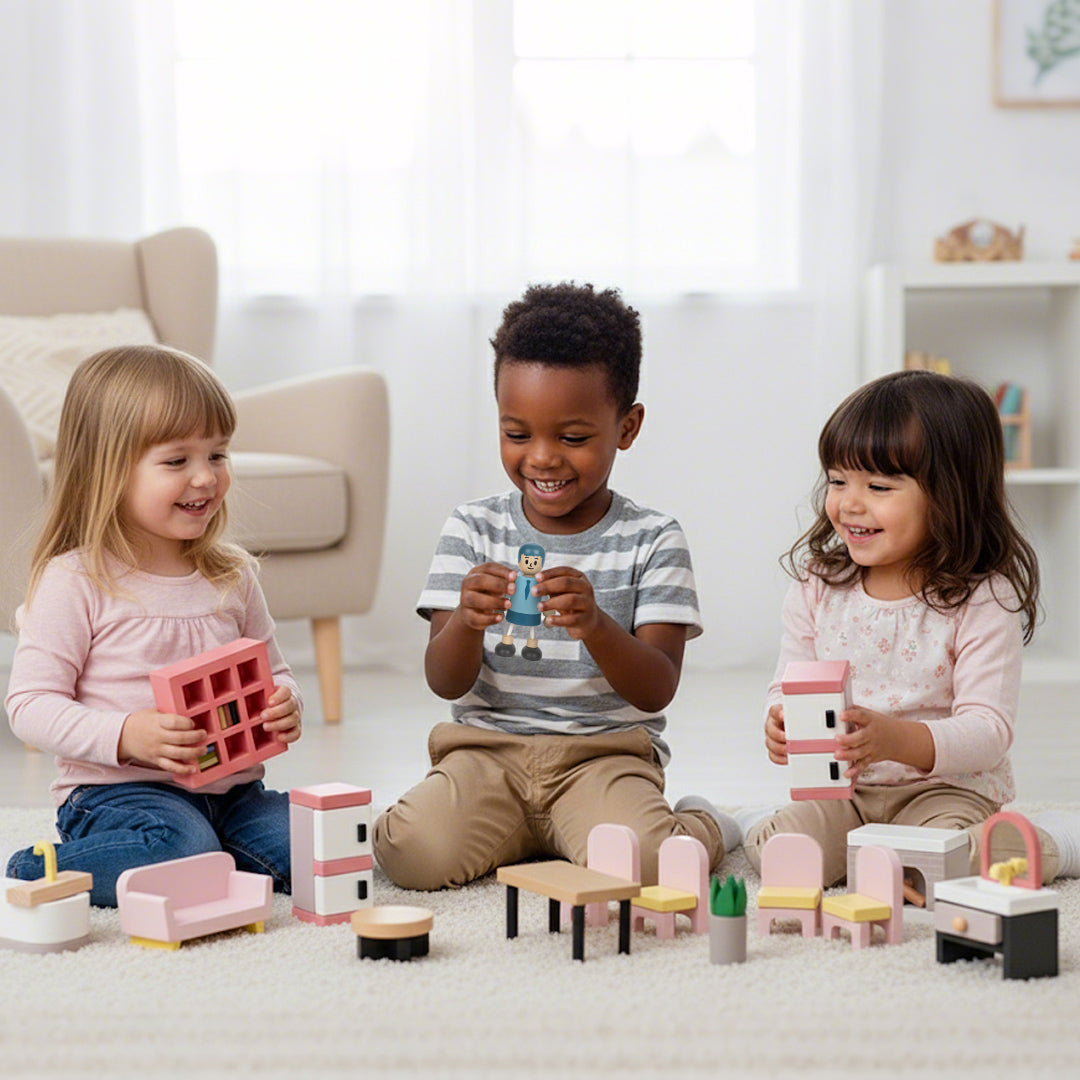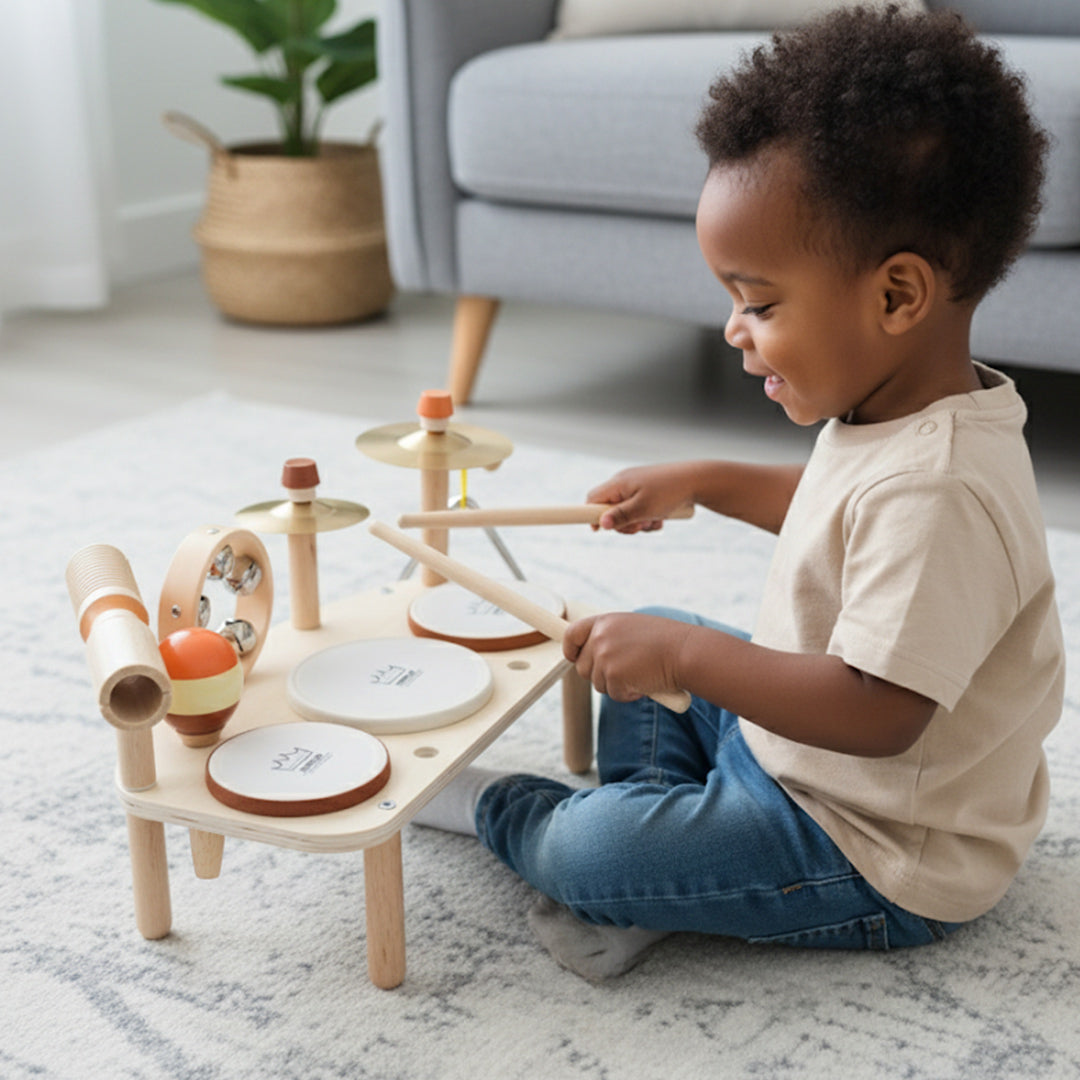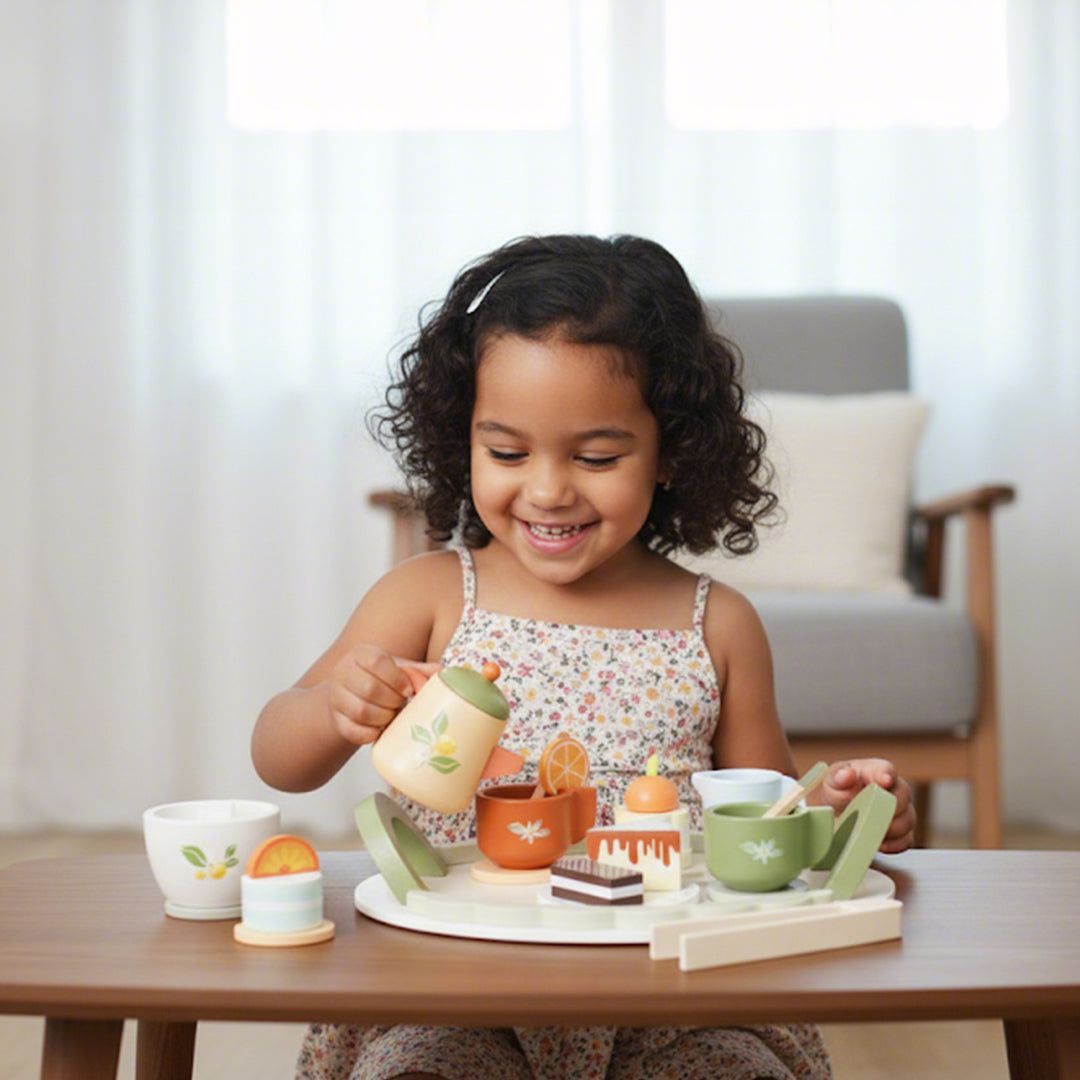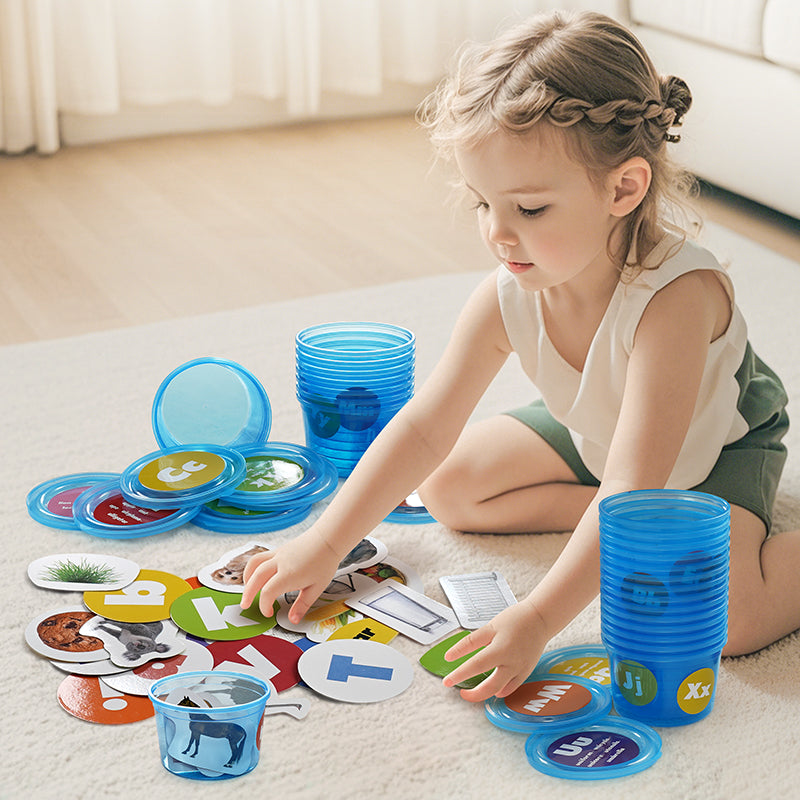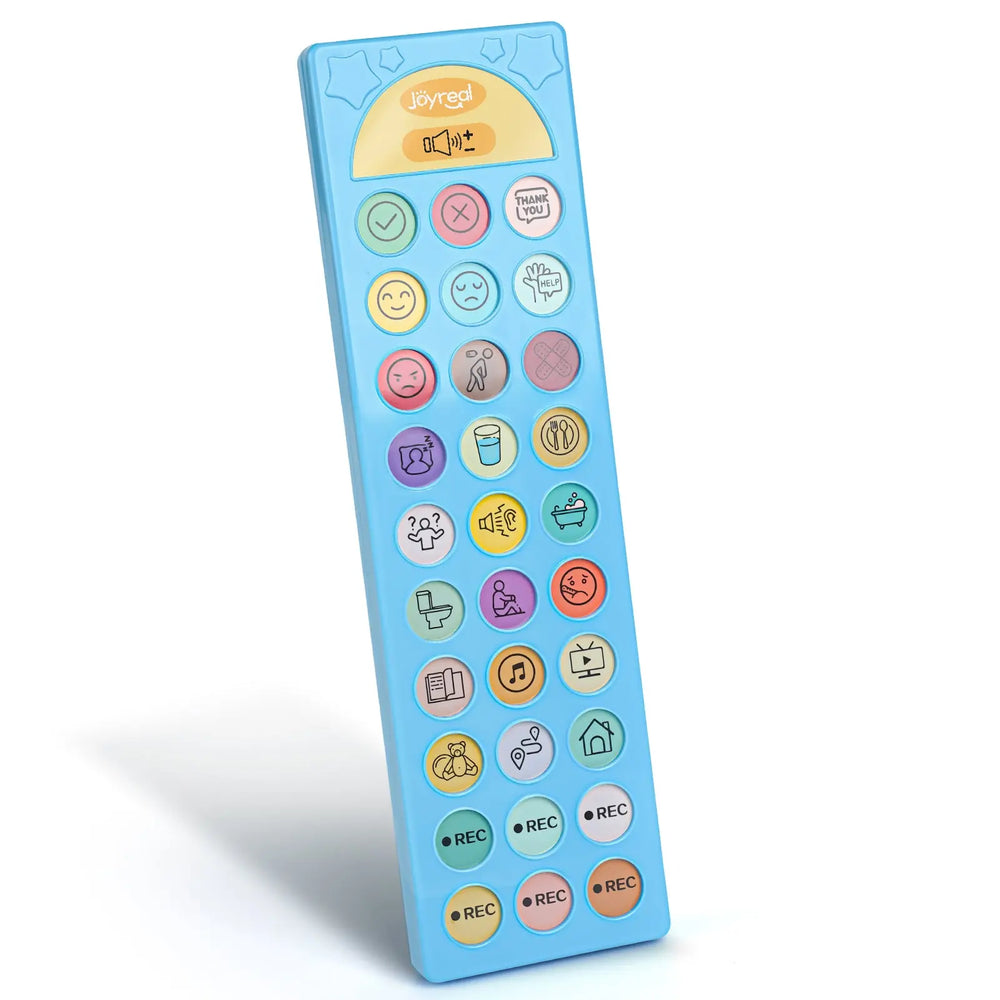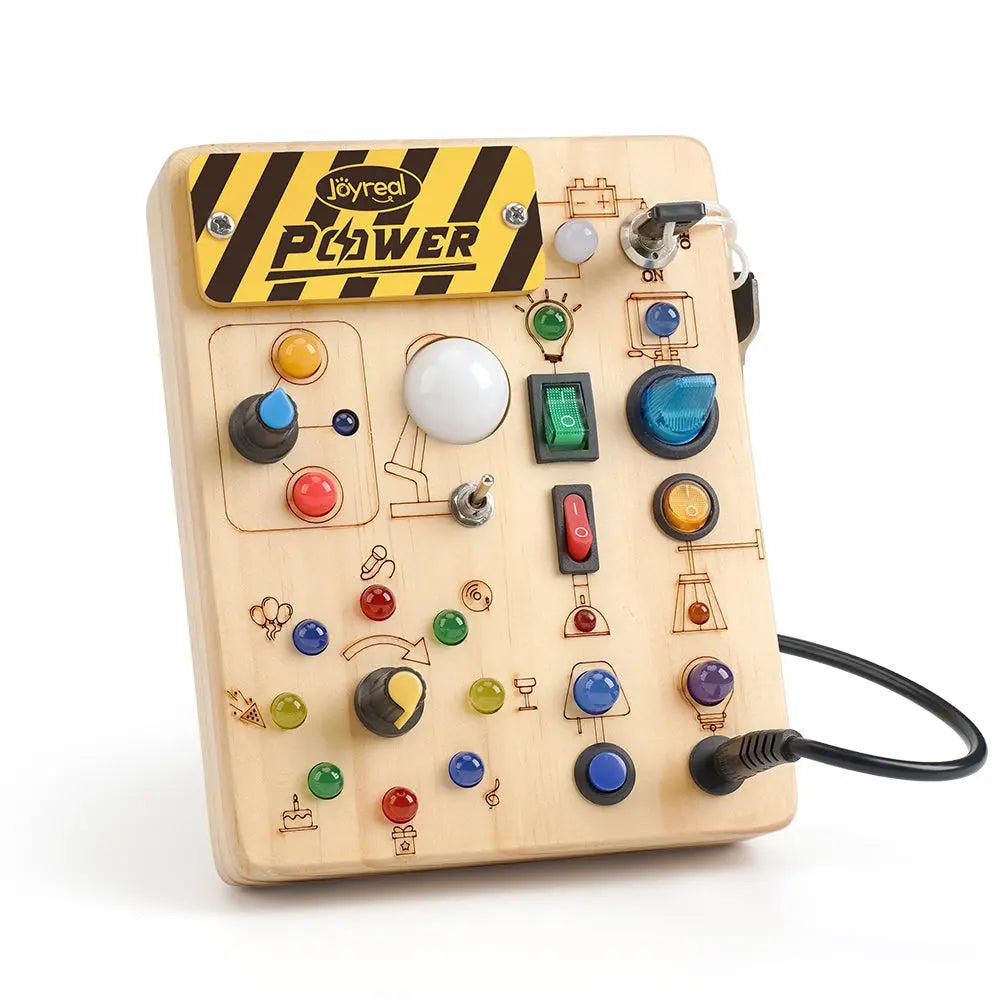Managing Autism Sensory Issues: Proven Approaches
Sensory Processing: Research and Strategies for Addressing Sensory Sensitivities in Autism
Autism Spectrum Disorder (ASD) is commonly associated with differences in social interaction, communication, and behavior. One important but often overlooked aspect of autism is how people perceive and process sensory information. For many autistic people, sensory sensitivities can impact everyday experiences, learning, and quality of life.
Autism & Sensory Needs: Science-Backed Strategies
Sensory processing is how our brains understand information from our senses. These senses include sight, sound, touch, taste, smell, movement, and balance. In autistic individuals, sensory input can be experienced more intensely (hypersensitivity) or less intensely (hyposensitivity) than in neurotypical people. For example:
- Hypersensitivity: Everyday sounds may seem unbearably loud, or certain fabrics may cause discomfort.
- Hyposensitivity: A child may seek intense physical input, such as spinning or crashing into objects, to feel "regulated."
Research shows that over 90% of people with autism experience some degree of sensory processing differences, influencing behavior, emotional regulation, and daily activities.
Recent Research on Sensory Sensitivities
Recent studies have deepened our understanding of the neurological basis for sensory processing challenges in autism. New brain imaging technology shows that autistic brains may handle sensory information in unique ways. This can cause sensory overload or, on the other hand, less awareness of sensory signals.
Researchers have also found that sensory processing issues can impact social skills and language development. For instance, a child who is overwhelmed by noisy environments might avoid group activities, affecting communication opportunities. Here, tools such as communication devices for autism can play a pivotal role in bridging communication gaps.
Strategies for Addressing Sensory Sensitivities
1. Sensory-Friendly Environments
- Modify lighting, reduce background noise, and provide quiet areas at home, school, and public spaces.
- Allow the use of sensory tools like noise-cancelling headphones or fidget items.
2. Occupational Therapy
- Occupational therapists can create individualized sensory diets that include activities to help regulate sensory input.
- Regular therapy sessions may involve play-based exercises to improve tolerance and response to various stimuli.
3. Predictability and Routines
- Structured routines help reduce sensory-related anxiety by making environments more predictable.
4. Personalized Strategies
- Encourage self-advocacy by helping children and adults identify and communicate their sensory needs.
- Visual aids or communication devices for autism can help individuals convey discomfort or request breaks when overwhelmed.
5. Inclusion of Communication Devices
- Many autistic people, especially those who do not speak or speak very little, benefit from communication devices. These include AAC devices, communication apps, and picture exchange systems.
- These devices help with daily communication. They can also be set to alert caregivers when sensory overload is near.
- Modern apps let users choose icons or phrases like “Too loud” or “I need a break.” This helps people speak up for their sensory needs.
Supporting Individuals with Sensory Sensitivities
Understanding everyone’s sensory profile is key. Caregivers, educators, and peers can best support autistic individuals by:
- Observing and noting triggers and responses.
- Implementing environmental and personal strategies.
- Encouraging use of communication devices for autism to express needs and preferences.
Fostering Sensory Development in Childhood
Sensory processing differences are a core aspect of autism, and early support can significantly improve comfort and learning. One good way to support sensory development is by using sensory toys for autism. These toys help manage input and encourage safe exploration.
The Role of Sensory Toys in Early Intervention
Sensory toys for autism are specially designed to address sensory processing challenges by providing controlled and therapeutic sensory input. These toys can help children:
- Regulate Sensory Input: Sensory toys can help children manage over- or under-stimulation, promoting calmness and focus.
- Develop Motor Skills: Many sensory toys help improve fine and gross motor skills. They do this through activities like squeezing, stacking, or balancing.
- Enhance Communication and Social Skills: Sensory play can create opportunities for interaction, turn-taking, and shared enjoyment.
- Build Confidence and Independence: By exploring sensory toys, children learn to self-regulate and express their needs more effectively.
Types of Sensory Toys for Autism
There is a wide variety of sensory toys for autism, each targeting different sensory systems:
- Tactile Toys: Toys like textured balls, fidget toys, and sensory bins with sand or rice help kids explore touch. They also improve fine motor skills.
- Visual Toys: Light-up toys, liquid motion bubblers, and colorful spinning tops stimulate the visual system and encourage focus.
- Auditory Toys: Musical instruments, sound puzzles, and noise-canceling headphones help children manage auditory sensitivities or seek sound input.
-
Vestibular and proprioceptive toys include swings, balance boards, and weighted blankets. These toys help with movement and deep pressure. They support body awareness and help with self-regulation.
- Oral Motor Toys: Chewable necklaces or chew toys help children who seek oral sensory input, promoting calmness and focus.
How to Use Sensory Toys Effectively
To maximize the benefits of sensory toys for autism, consider the following strategies:
- Observe and Assess: Identify the child’s sensory preferences and challenges to choose the most appropriate toys.
- Create a Sensory-Friendly Environment: Designate a calm, organized space for sensory play, free from overwhelming stimuli.
- Incorporate into Daily Routines: Use sensory toys during transitions, before challenging tasks, or as a calming activity.
- Encourage Exploration: Allow the child to explore toys at their own pace, fostering independence and curiosity.
- Collaborate with Professionals: Work with occupational therapists or educators to integrate sensory toys into a comprehensive intervention plan.
The Impact of Sensory Toys on Development
Research shows that sensory play can have profound benefits for autistic children, including:
- Improved sensory integration and regulation
- Enhanced focus and attention
- Reduced anxiety and stress
- Better social and communication skills
- Increased confidence and self-awareness
Conclusion
Sensory differences are not deficits—they are simply part of the rich diversity within the autism spectrum. These unique processing styles require individualized approaches to support comfort, communication, and overall well-being. By using research-based strategies, we can create spaces where autistic individuals can thrive. These strategies include changing the environment, using sensory-friendly therapies, providing adaptive tools, and offering communication devices.
Rather than trying to "fix" sensory experiences, we should focus on accommodation and empowerment. Using noise-canceling headphones, weighted blankets, or AAC (Augmentative and Alternative Communication) devices can help autistic people. These tools can make it easier for them to navigate the world and feel more confident.
By embracing these differences and providing tailored solutions, caregivers, educators, and communities can foster environments where autistic individuals feel understood, valued, and fully supported.
Maybe it will be helpful for you:
Recent Post

What Finally Helped My Toddler Speak Up?
If you’re a toddler mom, you already know how much emotional weight...

Joyreal Christmas Toys Deals 2025
Enjoy instant savings across nearly every category, from early lear...

How Wooden Montessori Toys Support a Sustainable Childhood
Most parents don’t say it out loud, but many feel the same quiet fr...

Top Christmas Gifts to Help Kids Communicate Better This Holiday Season
The holiday season brings joy, family bonding, and endless opportun...

How to Make DIY Printable Communication Boards
Communication is at the heart of every child’s development — and fo...

Top 5 Christmas Gifts That Bring Families Closer (2025 Guide)
Christmas isn’t just about the gifts — it’s about the moments we c...

Top Musical Christmas Gifts for Toddlers & Preschoolers 2025
Why Musical Gifts Are Perfect for Toddlers and Preschoolers Music h...

Joyreal AAC Devices Wholesale Partner
In today’s educational and therapeutic environments, speech therapi...

Joyreal AAC Device – Big Sale for Autism & Speech
Every Voice Deserves to Be Heard Imagine your child looking up at y...

How to Choose Safe & Educational Toys for Christmas 2025
When “Just a Toy” Means So Much More If you’re a parent, you know t...
